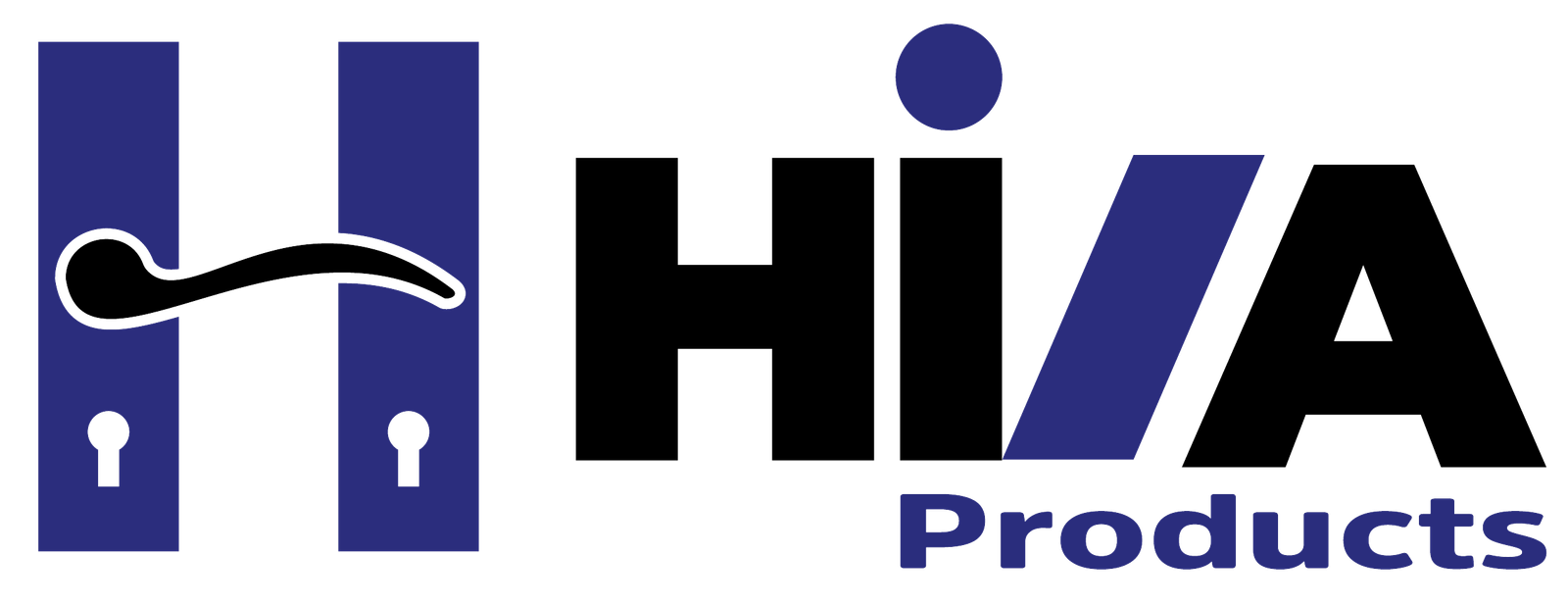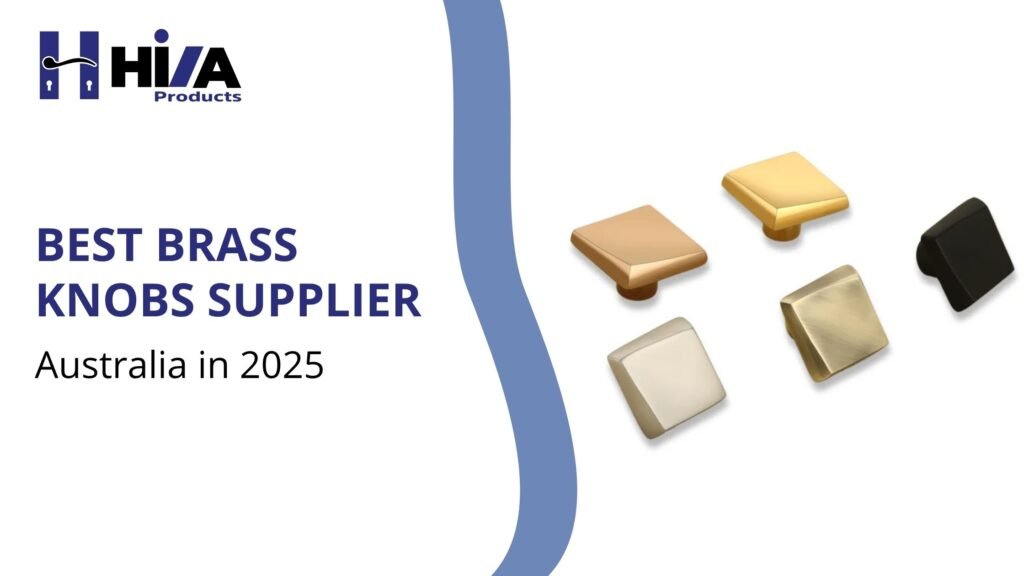Australia’s cabinet hardware market hit a curious inflection point in 2025: while global cabinet hardware markets surge toward $22.04 billion by 2033, Australian suppliers remain trapped in a finishing game they fundamentally misunderstand. Most retailers sell brass knobs as decorative accessories when they’re actually precision-engineered mechanical interfaces that determine user experience for decades.
The disconnect is staggering. In 2025, we’ve noticed homeowners are paying more mind to the little things, and actively searching for hardware that makes an impact, yet most suppliers can’t explain the difference between C360 and C464 brass alloys, let alone why it matters for long-term performance. This knowledge gap creates an opportunity for suppliers who understand that modern brass knobs require materials science, not just marketing science.
The Hidden Engineering Behind Every Brass Knob
While design blogs obsess over finishes, the real performance differentiators happen inside the knob mechanism. Quality brass knobs integrate three critical engineering elements: alloy composition that resists tarnishing and wear, internal mechanisms that maintain smooth operation under thousands of use cycles, and dimensional precision that ensures consistent mounting across diverse cabinet configurations.
The Alloy Architecture
Premium brass knobs utilize specific copper-zinc ratios engineered for durability. C360 free-cutting brass offers excellent machinability and corrosion resistance, while C464 naval brass provides superior strength for high-use applications. Most Australian suppliers can’t specify which alloy they’re selling because they don’t actually know.
Mechanism Integrity
The internal spring mechanisms and threaded components determine whether a knob feels premium or cheap after six months of use. Quality suppliers invest in precision manufacturing for these invisible components; commodity suppliers focus solely on surface aesthetics.
Australia’s Brass Knob Market: The Supply Chain Reality
Cabinet Hardware Market is projected to reach USD 20.7 Billion by 2033, with a 7.1% CAGR from 2024 to 2033, but this growth masks fundamental quality issues in Australian supply chains. Most local retailers import generic hardware through distributors who prioritize cost over engineering specifications.
The Import Dependency Problem
Australian hardware retailers typically source brass knobs through multi-tier import relationships that obscure manufacturing quality. This creates several performance compromises:
Quality Dilution — Each supply chain layer reduces quality control oversight
Specification Ambiguity — Technical details get lost through distribution channels
Inventory Constraints — Popular sizes and finishes frequently back-order for months
Support Gaps — Installation issues can’t be resolved through the actual manufacturer
The Indian Manufacturing Advantage
While Australian retailers manage inventory, Indian manufacturers like Hiva Products focus on precision engineering. Their integrated manufacturing approach eliminates quality compromises common in multi-tier supply chains while maintaining direct technical support for complex installations.
2025 Design Trends: Beyond Surface-Level Thinking
Mixed metal hardware has emerged as a prominent cabinet trend for 2025, offering homeowners a sophisticated way to add visual interest to their kitchen cabinetry, but smart specifiers recognize that trend-chasing creates expensive replacement cycles. Quality brass knobs transcend design trends through superior materials and timeless engineering.
The Oversized Movement
In 2025, one of the key trends in cabinet and drawer hardware is the increasing popularity of bold, oversized pieces, but larger knobs demand enhanced structural integrity. Cheap oversized brass knobs frequently develop wobble and finish degradation under normal use. Quality manufacturers engineer larger knobs with reinforced internal mechanisms and enhanced mounting systems.
Mixed Metal Reality Check
The mixed metal trend creates new technical challenges. Different metals expand at different rates, creating long-term installation issues when suppliers don’t account for thermal expansion coefficients. Quality brass knobs maintain dimensional stability across temperature variations common in Australian climates.
Why Hiva Products Outmaneuvers Australian Competitors?
While Australian retailers compete on surface aesthetics, Hiva Products engineers brass knobs from the mechanism outward. Their manufacturing philosophy prioritizes long-term performance over short-term trends, creating hardware that delivers consistent user experience across decades of use.
Technical Integration Advantage
Hiva’s brass knobs feature integrated design where alloy selection, internal mechanisms, and surface treatments work together as engineered systems. Australian retailers typically source these components separately, creating performance compromises and quality inconsistencies.
Manufacturing Control
Unlike retailers dependent on overseas suppliers, Hiva maintains direct manufacturing control over metallurgy, machining precision, and quality assurance. This eliminates the quality dilution common in multi-tier supply chains while ensuring consistent availability for large projects.
Application-Specific Engineering
Hiva develops brass knobs for specific use cases: high-humidity bathroom applications, heavy-duty kitchen installations, and commercial environments requiring enhanced durability. Most suppliers offer one-size-fits-all solutions that compromise performance across diverse applications.
The Economic Reality of Quality Choice
Premium brass knobs cost 200-300% more than commodity alternatives, but this upfront investment eliminates replacement cycles, reduces maintenance requirements, and preserves aesthetic integrity over time. The lifecycle economics favor quality, but most purchasing decisions focus on initial cost rather than total ownership expenses.
The Replacement Cycle Trap
Cheap brass knobs typically require replacement within 3-5 years due to mechanism failure, finish degradation, or mounting looseness. Quality knobs maintain performance and appearance for decades, making the higher upfront cost economically rational for serious projects.
Installation Efficiency
Quality brass knobs install cleanly and maintain alignment over time. Cheap alternatives frequently require field modifications, create installation delays, and develop operational issues that require service calls and eventual replacement.
The Market Separation
Australia’s brass knob market has fundamentally divided into two segments: commodity suppliers competing on price and precision manufacturers competing on performance. The middle ground has disappeared as specifiers realize that hardware quality directly impacts project success and long-term satisfaction.
Smart architects, builders, and homeowners have learned that brass knobs aren’t decorative accessories—they’re precision mechanical components that determine user experience for decades. This realization favors suppliers like Hiva Products who understand that engineering excellence creates the only sustainable competitive advantage in a market saturated with surface-level alternatives.
The choice is binary: commodity hardware that looks good initially but fails gradually, or precision engineering that delivers consistent performance indefinitely. Choose accordingly.


